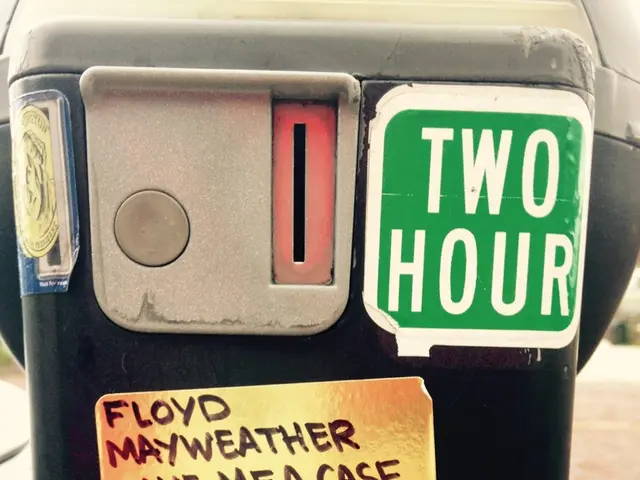Credit Report Breakdown: An Internal Analysis
The Evolution of Credit Bureaus and Credit Reports in the United States
Credit bureaus, also known as credit reporting agencies (CRAs), have played a significant role in shaping the financial landscape of the United States since the late 19th century. The first credit bureau, the Retail Credit Company (RRC), was established in 1899, marking the beginning of a long and transformative journey [1].
The RCC started as a regional credit bureau, collecting and compiling information on individuals' credit histories. Over time, it expanded and rebranded, eventually becoming Equifax, one of the three major credit bureaus that dominate the market today [1].
In the early days, credit bureaus operated on paper, collecting data manually. By the 1980s, with the advent of digitization, Equifax had coverage spanning all 50 states, holding credit files on 150 million people [1].
Several smaller regional agencies existed, but through mergers and acquisitions, the market consolidated, resulting in the emergence of Equifax, Experian, and TransUnion as the dominant players [1][2].
Credit reports have evolved from simple listings of credit accounts and payment histories to more sophisticated data compilations used to assess an individual’s financial reputation. These reports now include information from banks, credit card companies, mortgage lenders, and others, serving not just lenders but increasingly employers, landlords, and insurers as well [2].
The concept of a credit score, a numerical representation of creditworthiness, was first developed in the late 1950s. The pioneering system was developed by Fair, Isaac and Company (now FICO) [1][3]. However, the first commercial credit score widely adopted by lenders was introduced in 1989 [2][3].
Credit scoring modernized loan underwriting by quantifying credit risk with statistical models based on the credit reports compiled by the three major bureaus. The FICO score became the predominant model used by lenders, reflecting data from credit reports and enabling faster, more consistent credit decisions [3].
Regulatory changes, such as the Equal Credit Opportunity Act of 1974, influenced credit reporting and scoring methodologies by prohibiting discrimination based on personal characteristics, prompting the adoption of more objective, data-driven assessments [3].
Today, credit reports play a crucial role in financial decision-making, providing potential lenders, employers, and landlords with insights into an individual's credit history and financial behaviour. It is essential for individuals to understand how credit reports are compiled, what information they contain, and how they can protect their credit reputation.
References:
[1] "History of Credit Scores." Experian. https://www.experian.co.uk/consumer/help/credit-score/history-of-credit-scores.html
[2] "The Evolution of Credit Scores." FICO. https://www.fico.com/en/about/credit-score/history
[3] "The History of Credit Scores." Equifax. https://www.equifax.com/personal/education/credit/credit-score-history/
[4] "The History and Evolution of Credit Bureaus." Credit Karma. https://www.creditkarma.com/advice/en/credit/history-evolution-credit-bureaus/
Money directly or indirectly connects these words in the following sentences:
- The history of credit bureaus and credit reports in the United States reveals a significant role in shaping the personal-finance sector, with the first credit bureau, the Retail Credit Company (RCC), establishing in 1899, marking the beginning of a transformative journey [1].
- With the advent of digitization in the 1980s, the major credit bureau, Equifax, expanded its coverage to all 50 states, holding credit files on 150 million people, thus impacting the finance industry substantially [1].
- Credit reports, initially simple listings of credit accounts and payment histories, have evolved into sophisticated data compilations used for assessing an individual’s financial reputation, influencing various aspects of finance, including lending, employment, and health insurance decisions [2].
Electronics, while not directly mentioned, plays a role in the digitalization process that led to the transformation of credit bureaus and credit reports, hence its indirect connection to the sentences above. Health and investing are not explicitly mentioned, but they can be connected through references to employers, landlords, and insurers who use credit reports, which might indirectly influence job opportunities, housing, or insurance premiums, impacting an individual's wellbeing and investment in personal finance.




